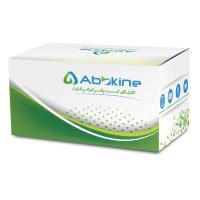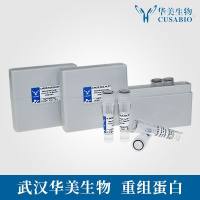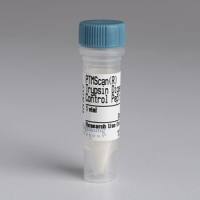Techniques for Determining the Metabolic Pathways of Eicosanoids and for Evaluating the Rate-Controlling Enzymes
互联网
431
The term eicosanoid is derived from the chemical name for arachidonic acid, eicosatetraenoic acid. The term eicosanoid includes the prostaglandins (PG), thromboxanes, and leukotrienes (1 ). Multiple biosynthetic pathways exist for eicosanoid formation (2 ) and specific eicosanoids seem to be produced by specific cell types in response to various inflammatory stimuli (3 ). The multiple synthetic pathways suggest that multiple sites of inhibition may exist. Phospholipase A2 (PLA2 ) acts on cell membranes to release arachidonic acid (4 ). While numerous enzymes have demonstrated PLA2 activity, two groups of enzymes are primarily responsible for the arachidonic acid generated during inflammatory responses. One enzyme with extensive involvement in arachidonic acid formation in response to inflammatory stimuli in many cell types is 14 kDa secretory PLA2 (sPLA2 ). sPLA2 requires millimolar concentrations of calcium ion for activity and binds to cell-surface proteoglycans to catalyze the release of fatty acids from the sn-2 position of cell-membrane phospholipids (5 ). Group IV cytosolic 85 kDa PLA2 (cPLA2 ) is also an important enzyme associated with the production of arachidonic acid and subsequent eicosanoid formation during inflammation (6 ). cPLA2 is also calcium-dependent and selectively hydrolyzes phospholipids with arachidonyl residues at the sn-2 position (7 ).









